Fernando Remirez de Ganuza, winemaker and owner, of Bodegas Remírez de Ganuza takes me on a tour of his winery in Rioja, breaks down his skeletor-looking sorting table, and gives me a tour of their modern abstract tasting rooms painted by his son. He is one of the few (if only) who separates each bunch of grapes into tops and bottoms.
It was a cool and rainy evening in the town of Samaniego where, in its centre, is Fernando Remirez de Ganuza’s winery. On one side on the winery sat a beautiful old stone church which made her mark above the town. We were first greeted by Luis Alberto Martinez, the estate’s export manager. I didn’t know much about their winery previously so I expected just another “here is our new American oak barrel room” tour. Boy was I wrong!
Luis briefly introduced us to the winery, built in 1989. To create the winery, Fernando moved an ancient winery stone by stone to its current location. Luis apologized as he hoped we would be able to see the winery in action. It was harvest time in Rioja Alavesa, but the rain delayed picking. There was a sense of uneasiness about the weather conditions stating that in the first time in 10 years Botrytis was in the vineyards.
Luis gave us a tour of the operation. Unable to pick grapes overnight, grapes are stored in this cool room set between 4 to 6 degrees centigrade. Grapes from their estate-owned 87 ha picked during the day are too hot to start the winemaking process. Aside from the extremely heavy green harvest, further selection is completed during harvest. All pickers have two buckets – a box for good grapes and a basket for poor grapes.
First of two sorting tables, this one would be used for white grapes. Their stripping machines are modified to clean the grapes in their own must. The cleaning is crucial. In wet years, the smell is like wet dirt. They have noticed mud and dust suspended in bottle when tannins fall.
The wine grapes go straight into an Auto Fermentor. The fermentor gently rotates, separating the free run juice from the skins and prevents oxidation.
Inside of the Auto Fermentor.
The wine free-run juice will be go through controlled malolactic fermentation, and then aged in new barrels toasted for white wine for 6 to 12 months, depending on the wine. Skins left over in the Auto Fermentor will blend into the red for co-pigmentation.
Upstairs is the impressive red grape sorting table.
The first section of the sorting table is to remove bad bunches and grapes.
The next section of the sorting table is where they separate the heads and tails. Luis explained the Tempranillo grape is like a triangle with very broad shoulders. The tops receive more sunlight while the tails are less ripe and less mature.
The heads, or hombros, stay on the right section of the table while the tails, or puntas, are moved to the left section.
The whole-bunched puntas will gravity-drop into a stainless steel fermentor for carbonic maceration.
The Hombros goes straight into the de-stemmer where they are washed in the same manner as the white grapes, within their own must. A final sorting table is to remove any left behind stems or particles before they are gravity-dropped into the fermentors.
Modified stainless steel fermentors. Another fun fact about the winery is the cooling is not from on-site water containers. They use free-run water from the mountains and then recycle the water into their outside fountain.
Inside view of fermentor. The screen in the middle collects grape seeds during fermentation.
Once the first run of free-run juice is drained, Fernando uses a unique water bladder press. The bladder is filled with water to press out the remained juice left in the must. This press-wine will be made into Transnocho. Fernando says this method is less aggressive then all other presses thus reducing rough tannins and green flavours.
Luis walked us downstairs to the barrel room located underneath Fernando’s home. While I did not take any pictures of the room (just another barrel room), Luis did state some interesting facts. He mentioned in 2012 they lost 20 ha of their vineyards due to hail. 2013 was a concern due to almost a full week of rain when harvest was supposed to commence. In regards to Rioja as a region, he said most wineries are concerned only on bulk wine for the masses. Only 5% of the 610 wineries truly cared about quality of vineyards and grapes.
Bottles being aged downstairs. Each section holds 6,000-8,000 bottles.
We headed upstairs to their tasting room. It had a gentle balance of modernization and history. I took many pictures of the modern art which were all painted by Fernando’s son. During one conversation, Jorge Ordonez mentioned he wanted to change the labels on some of Fernando’s wines. I mentioned the use of his son to paint and design the labels. What a great story that would be!
Wines Notes:
- Erre Punto Bianco 2011 – Barrel fermented 21 weeks. 70% Viura, 30% Malvasia. 50 year old vines. Limestone soil.
- Fincas de Ganuza Reserva 2006 – 32 weeks aging.
- Remirez de Ganuza Reserva 2006 – Free run juice before water bladder press. 80% French oak, 20% American oak. 61 weeks.
- Transnocho 2007 – Water bladder press wine. 100% new French oak, 90 weeks.
These tastings sometimes are rushed and go quickly. My notes are minimal here.
Off to dinner at Venta Moncalvillo, One Michelin Star.
Melon Gazpacho.
Jamon Croquetas.
Lobster claw over greens with roe.
Lamb cheek ravioli with potato, truffle and mushroom.
Beef tenderloin.
Local cheeses for dessert.




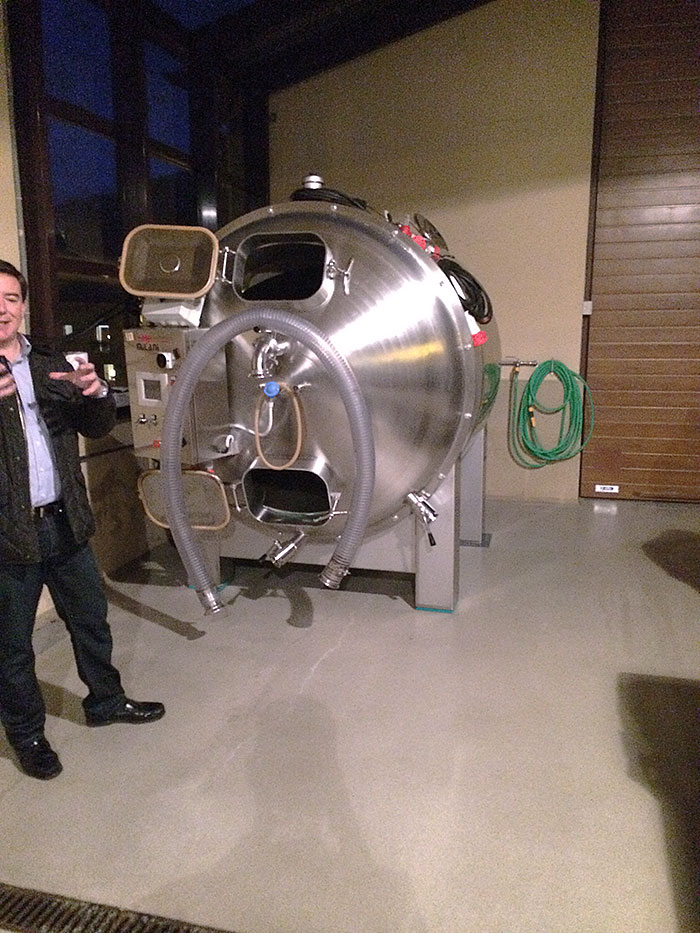




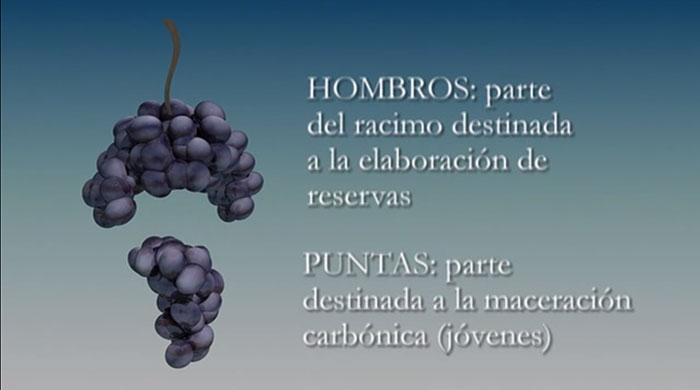
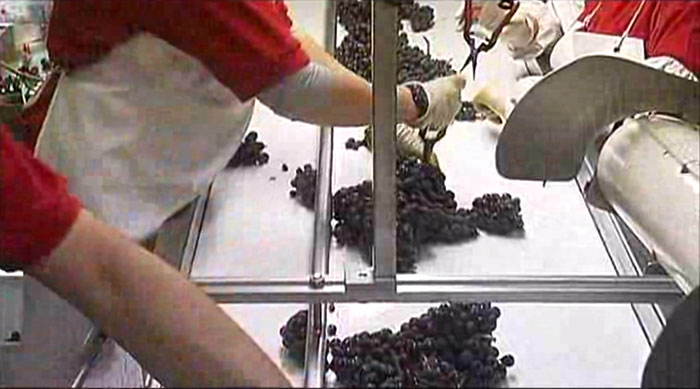



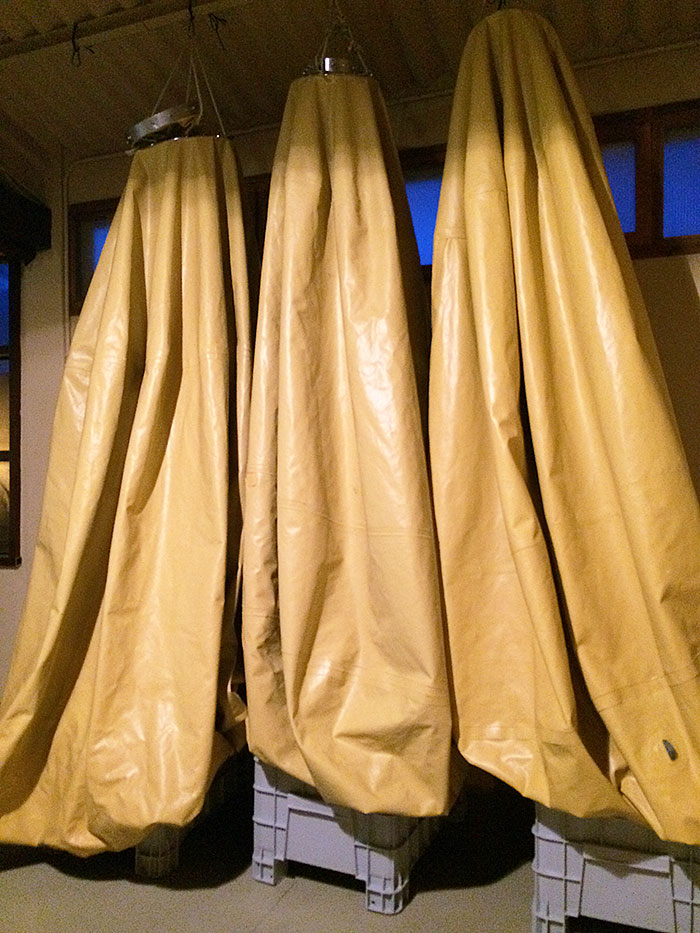










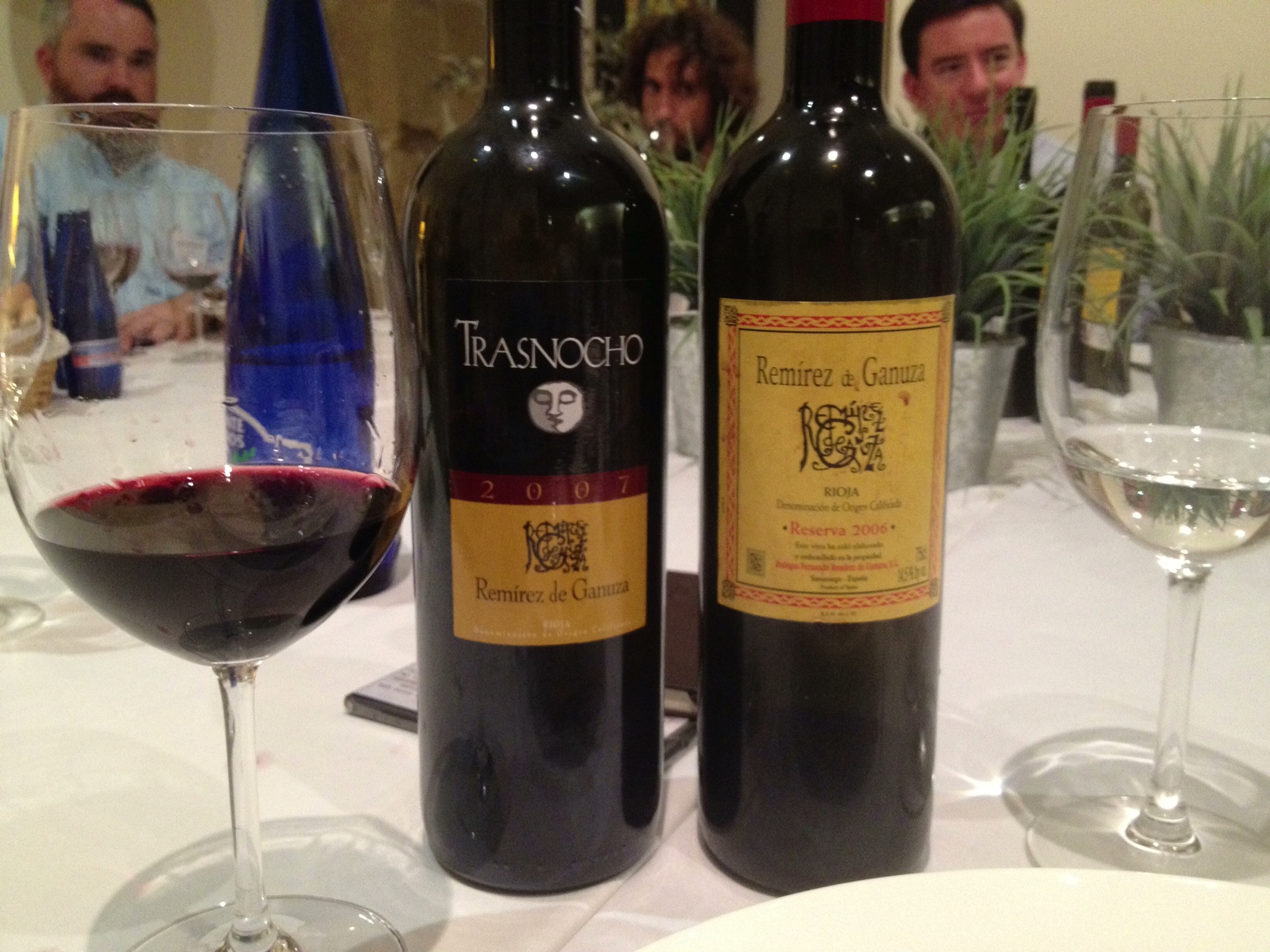








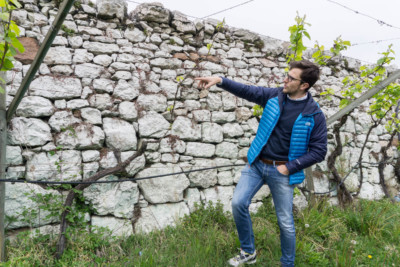

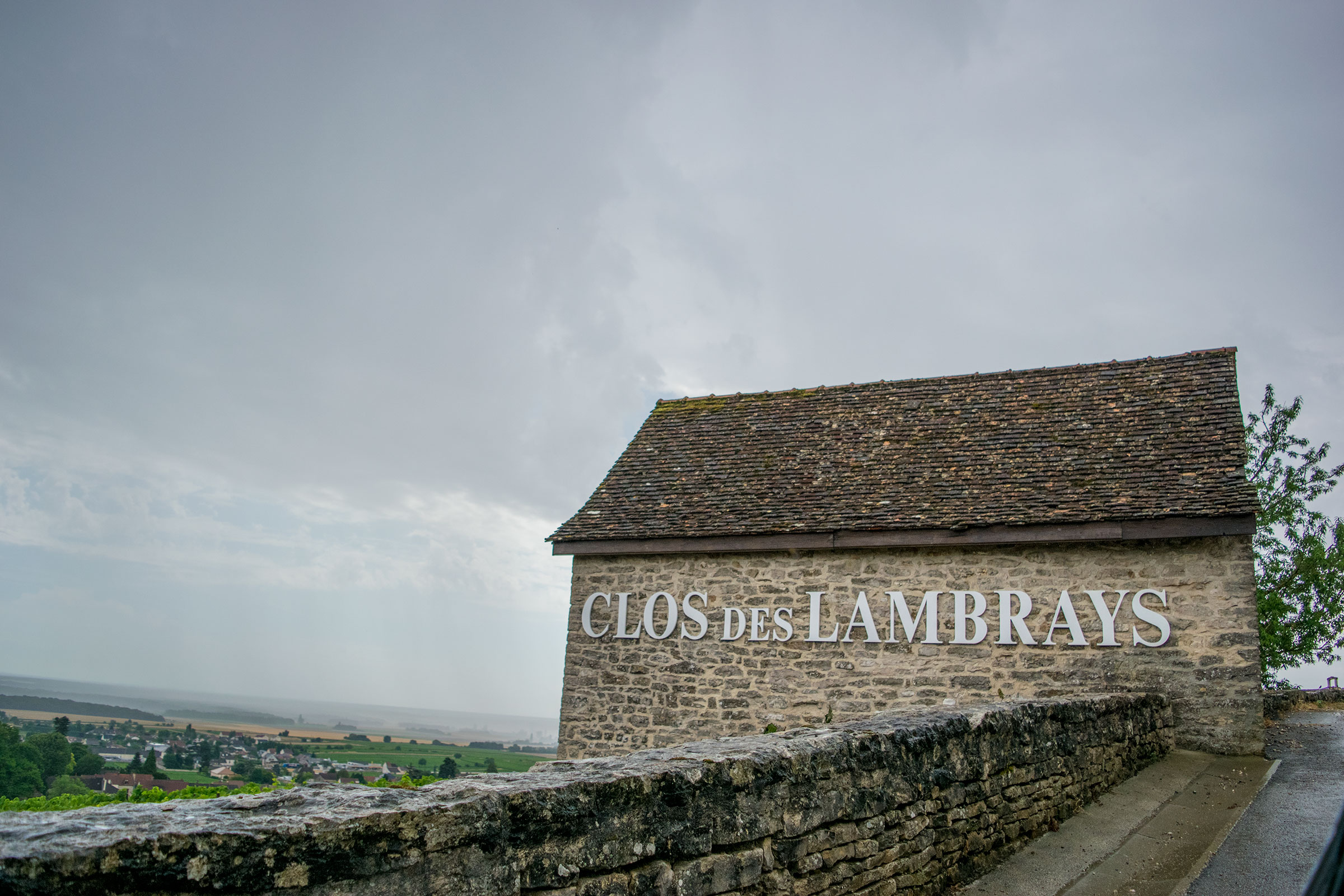
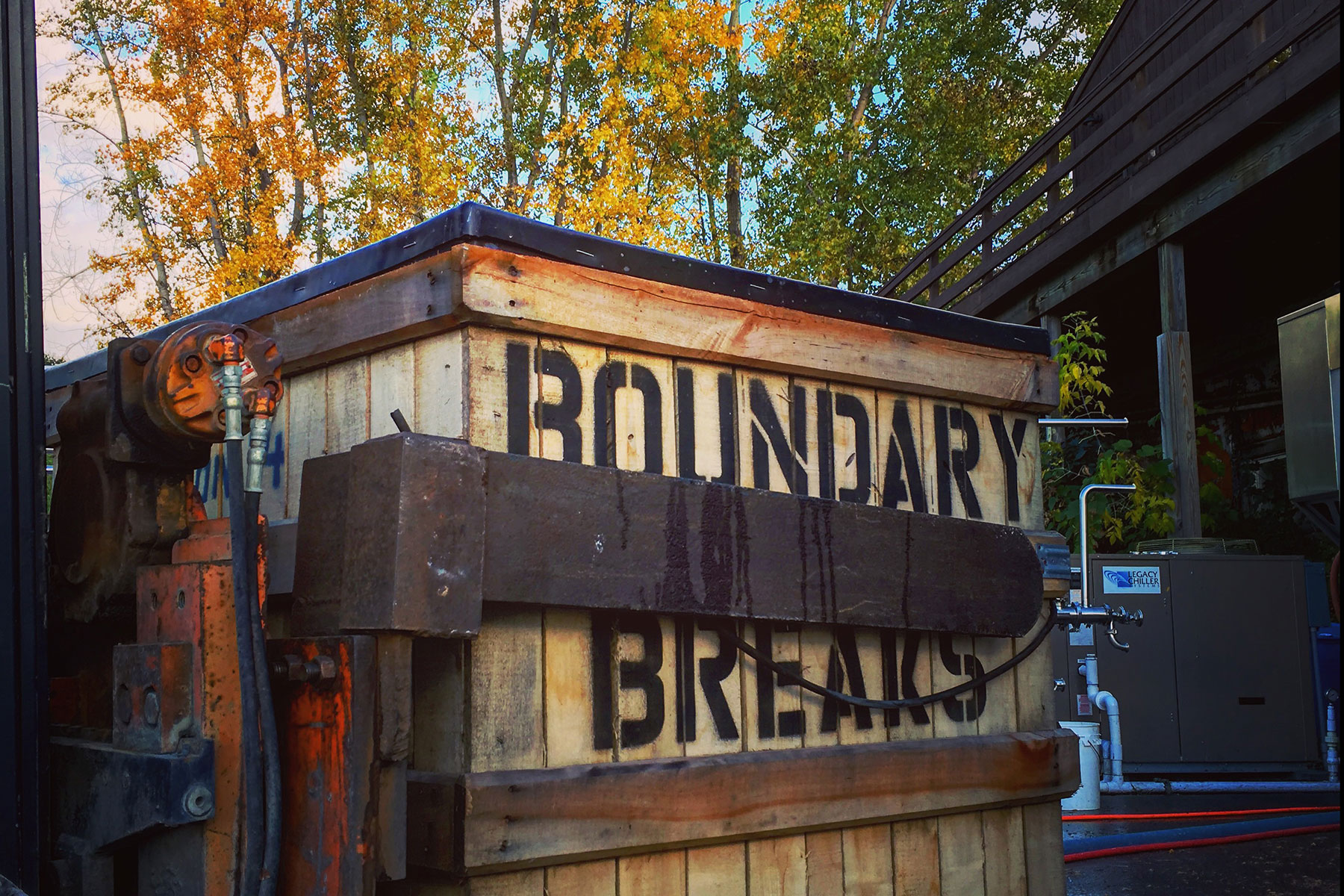
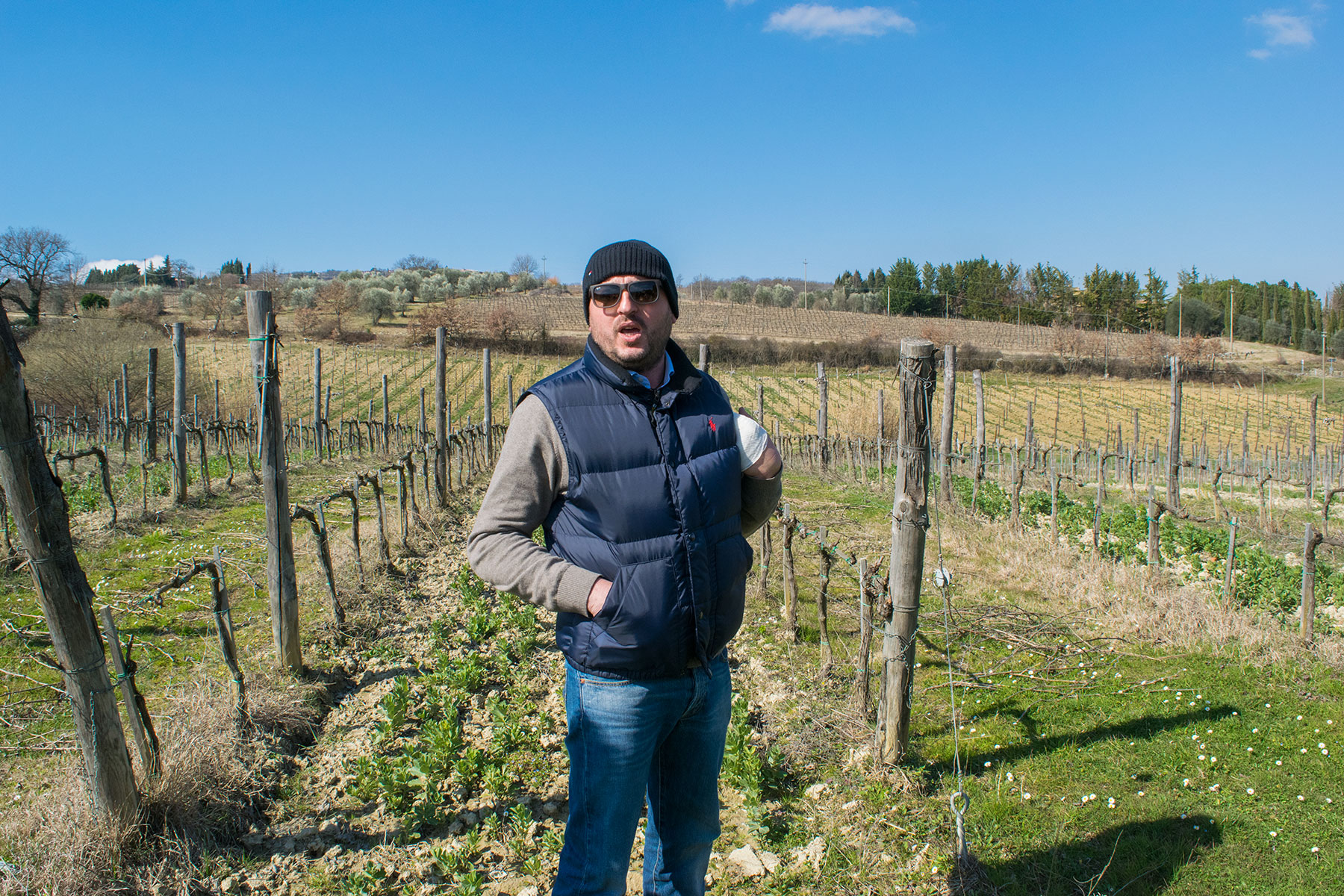
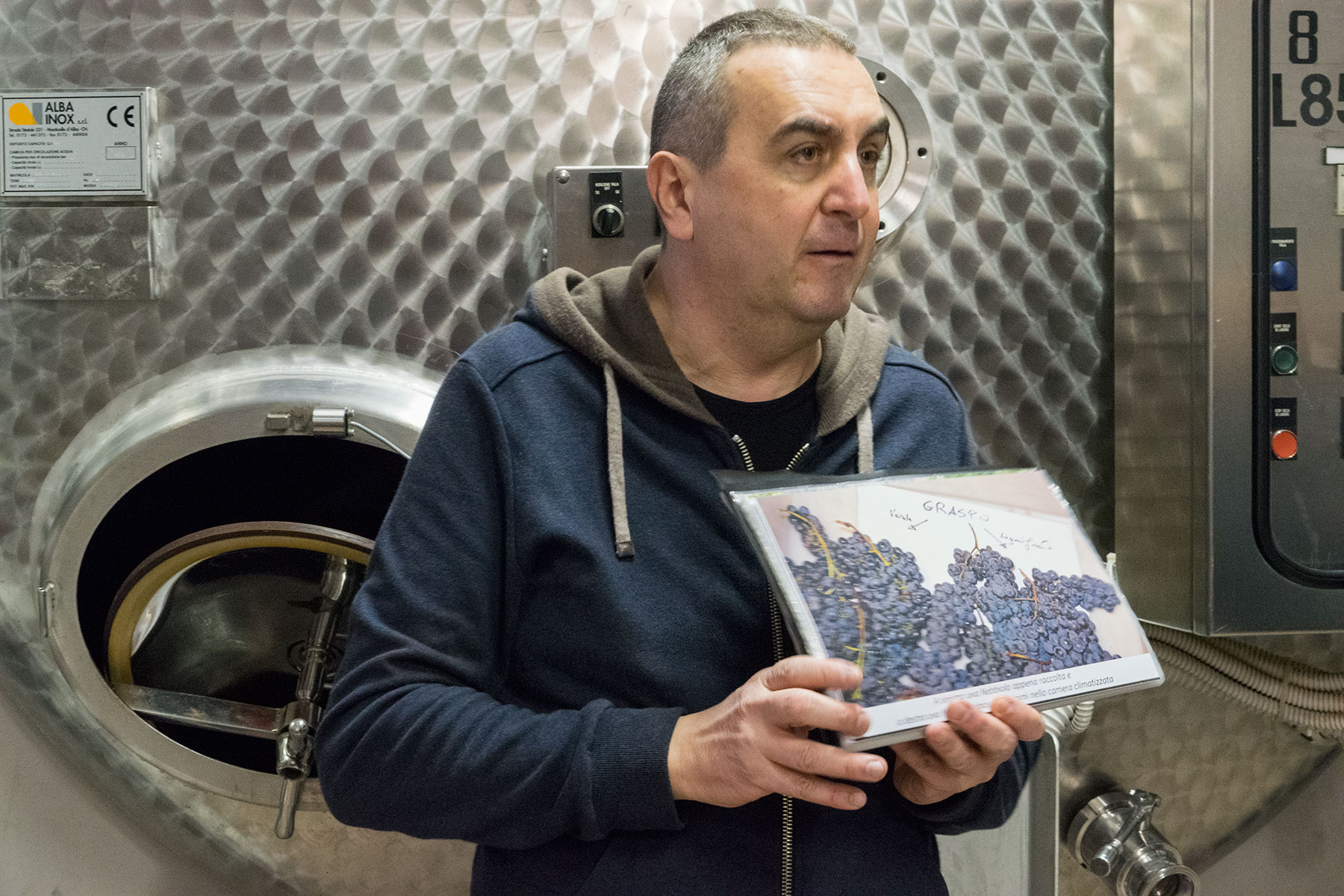
Leave A Comment
You must be logged in to post a comment.